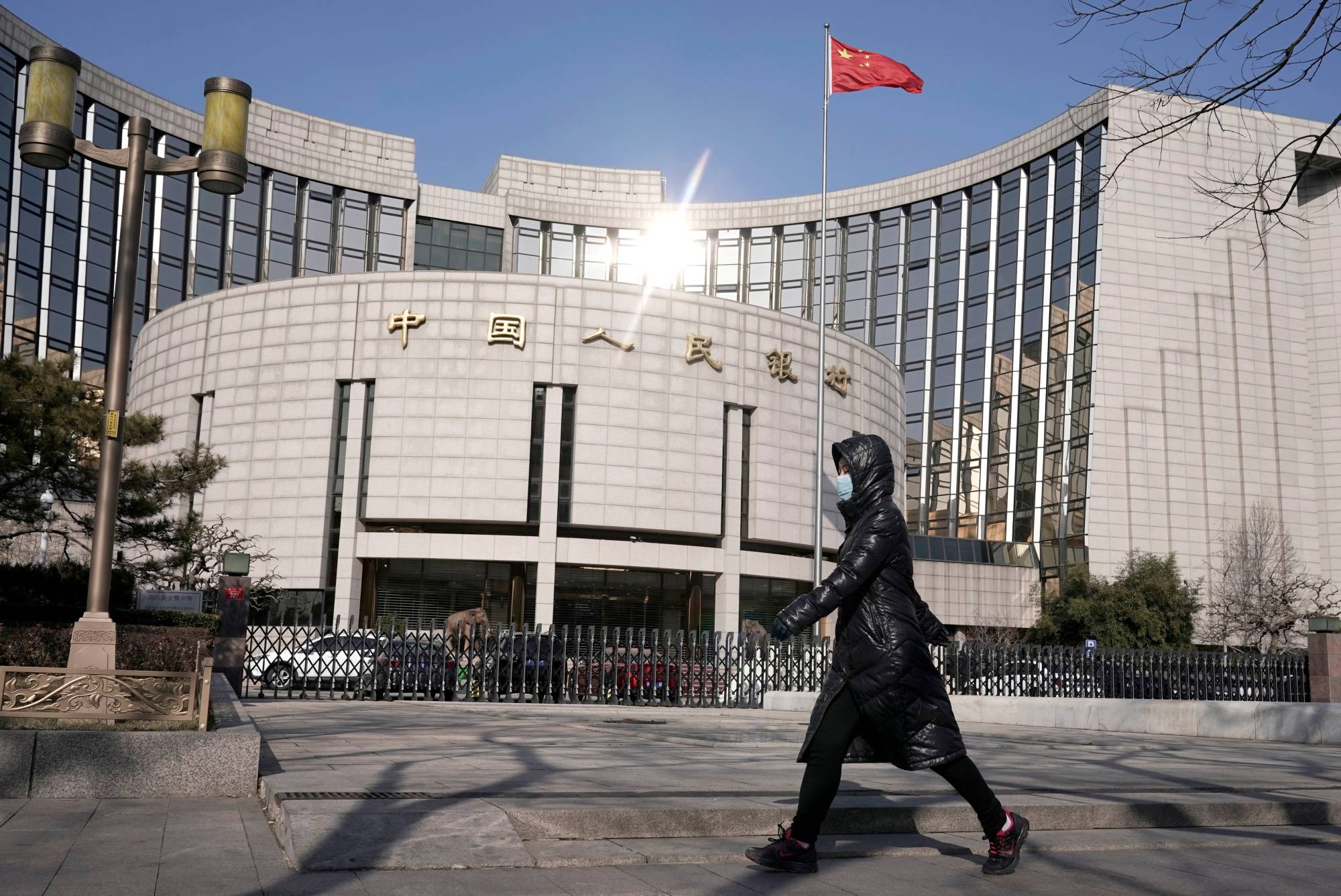The Chinese economy grew by 6.5% in the fourth quarter of 2020, providing a strong indication that it has recovered from the COVID-19 shock. The market consensus is that, due to base effects, GDP growth shot up to more than 18% year on year in the first quarter of 2021, and will fall steadily in the remaining three quarters of the year before finally stabilizing.
Addressing this year’s meeting of the National People’s Congress last month, Prime Minister Li Keqiang announced that China’s growth target for 2021 is “above 6%.” While the economy’s growth momentum looks strong at the moment, there are signs that China may risk tightening fiscal and monetary policy too soon.
According to the Ministry of Finance, general budget revenues will increase by 8.1% this year, while general budget expenditures will grow by just 1.8%. It is rare for government spending to grow so much more slowly than budget revenues. And although the government’s planned issuance in 2021 of 7.2 trillion Chinese renminbi ($1.1 trillion) in bonds is still high, it is materially smaller than the 8.5 trillion renminbi it issued last year. At the same time, the People’s Bank of China (PBOC, the central bank) is likely to maintain its monetary policy stance, if not tighten it.



